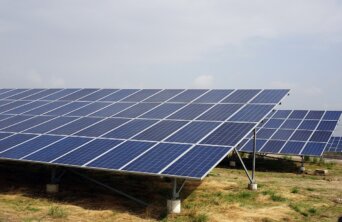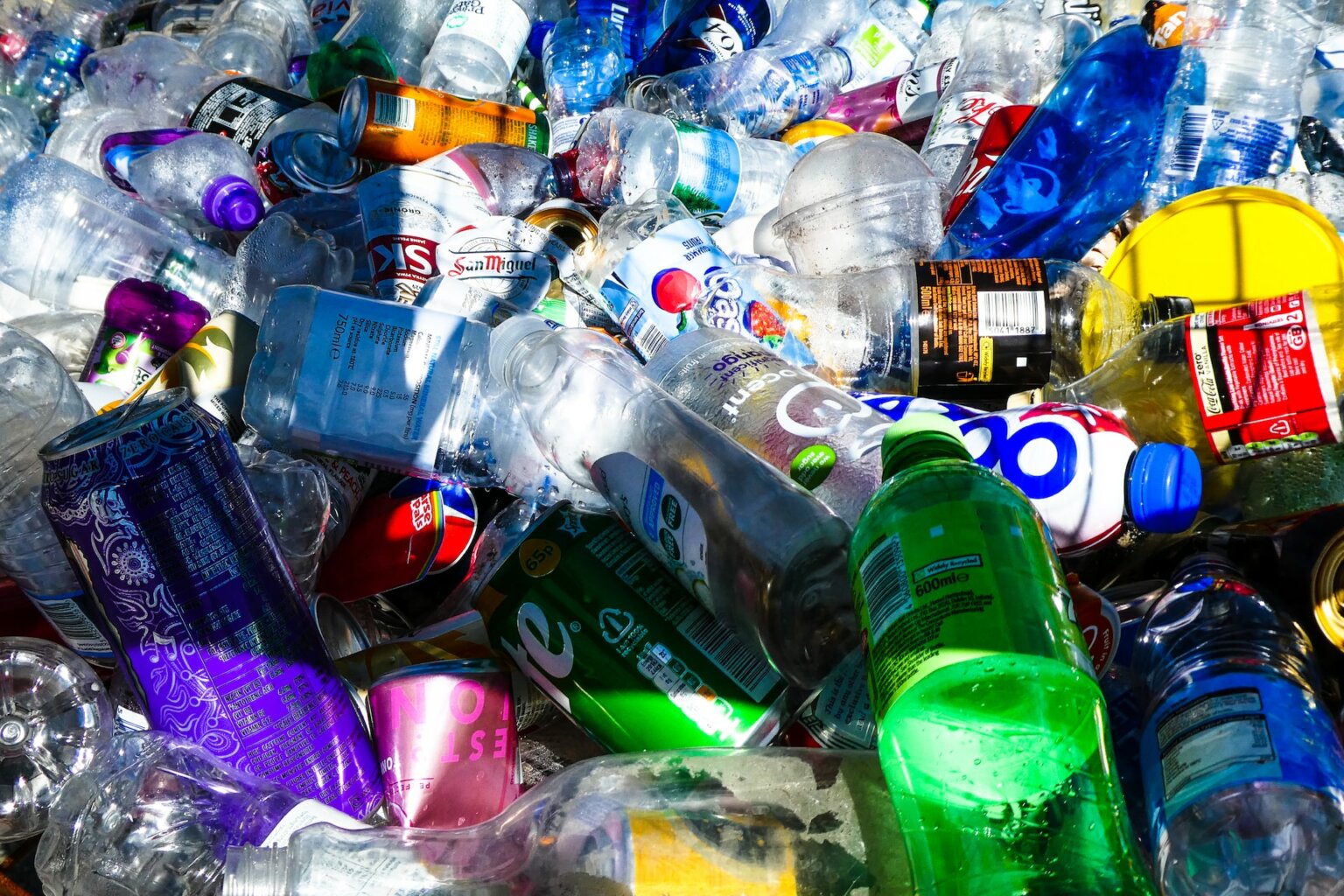- About
- Topics
- Picks
- Audio
- Story
- In-Depth
- Opinion
- News
- Donate
- Signup for our newsletterOur Editors' Best Picks.Send
Read, Debate: Engage.
| topic: | Renewables |
|---|---|
| located: | India |
| editor: | Hanan Zaffar |
India's ambitious goal of sourcing 50 per cent of its power capacity from non-fossil sources by 2030 is driving a rapid expansion of its solar energy sector. Last year, the country's installed solar energy capacity, a vital component of this strategy, soared to approximately 70.1 gigawatts (GW), a 23-fold increase over the past decade. This capacity is projected to skyrocket to 280 GW by 2030, underscoring the scale of India's clean energy drive and the potential magnitude of the solar waste problem.
India's rapid clean energy transition has brought with it a significant accumulation of solar panel waste, including panels, glass, aluminium, silicon, rare-earth elements, power inverters, and wiring.
A March report by the Council on Energy, Environment, and Water (CEEW), a leading think tank, warns that India's rapidly expanding solar energy sector has already generated about 100 kilotonnes (KT) of solar photovoltaic (PV) waste. By 2030, it is expected to produce 600 KT of waste from existing and upcoming solar power projects.
The impact of India's solar energy boom is not evenly distributed. The report reveals that a significant portion, approximately two-thirds or 67 per cent, of the anticipated solar waste is likely to originate from five states: Rajasthan, Gujarat, Karnataka, Tamil Nadu, and Andhra Pradesh. These states, home to eight of India's ten largest solar parks, are at the forefront of the country's clean energy drive but bear the brunt of the resulting waste. This geographical concentration of the problem highlights the need for localised solutions and targeted interventions. India plans to install another 39 across 12 states by 2026.
Solar waste is outlined in India's E-Waste Management Rules 2022, which mentions discarded modules and scrap generated during the cell and module manufacturing processes. Modules themselves may be discarded when they end their functional life or sustain damage.
The regulations stipulate that solar waste from plants must be handed over to authorised e-waste contractors approved by the Central Pollution Control Board (CPCB) within a specified timeframe, typically 90 or 180 days. The E-Waste Management Rules 2022 and CPCB guidelines mandate solar-panel manufacturers to manage the return of their products' waste, including collection, storage, dismantling, and recycling facilities, until 2035.
However, inadequate recycling facilities and a lack of infrastructure and technology required for solar panel recycling exacerbate the problem. Much solar waste, like other electronic waste, ends up in the informal sector, where workers face inadequate protection and compensation.
Experts argue that effectively managing solar waste, which can be recycled to recover materials like glass, aluminium, copper, silicon, and silver through mechanical, thermal, and chemical processes, is critical for the environment and economic and social reasons.
The CEEW report suggests incentivising recyclers and urging stakeholders to address the growing solar waste issue while maintaining a comprehensive database of installed solar capacity. This would aid in estimating future solar waste to effectively manage the problem and contribute to a sustainable energy transition for India.
Image by Bishnu Sarangi.

